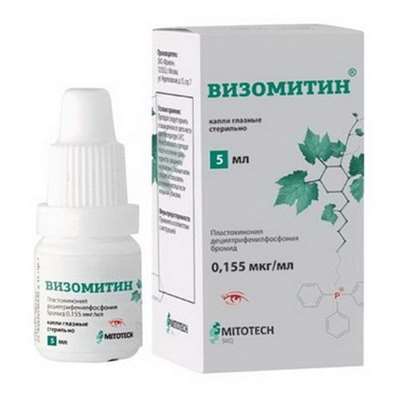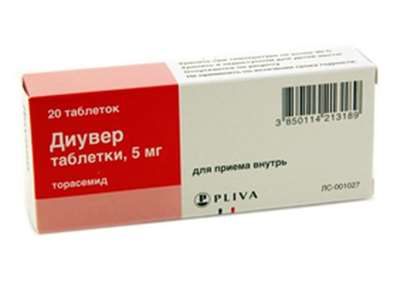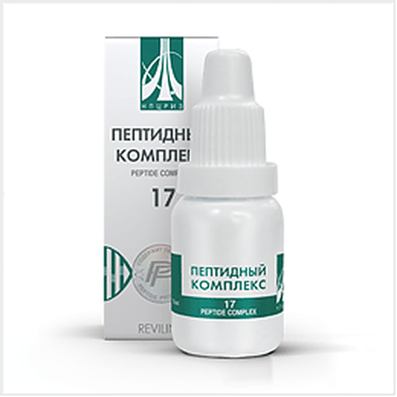Psychic Norm and Psychic Pathology
09 Feb 2017
Psycologist Dr. Doping tells about clinical criteria for assessing the behavior of specific and non-specific symptoms of mental illness and deviant behavior
The issue of the delimitation of the norms and mental pathology - is a matter not so much fundamental as applied. This is very important, such as counselors, when they were come to the customers and they need to understand what methods and how to work with them, there is a risk that the patient in front of them with mental this level deviations and register that the psychologist can not actually to work with him, you need a psychiatrist. Or when it comes to forensic analysis: sane or insane person who has committed some offense. Depending on what decision the expert psychologist or psychiatrist, if there is some kind of mental disorder, the court will treat this person differently: whether or mitigating circumstances, or, on the contrary, aggravating. Therefore, there are several major approaches to differentiation of normal and pathological mental activity.
The simplest approach - statistical. We are talking about such a view of man, when the parameters of his mental activity can be expressed as a quantitative scale, and then increase or decrease of a quantitative parameter can be considered as a deviation from the norm. In mathematics and statistics used Gaussian curve - is a bell, where on one side there are the parameters, indicating an increase in function and on the other - to decrease. As the most striking example of this approach to health and disease can result in intelligence. This quantitative scale: IQ is measured by means of intelligence tests, and certain points suggest lowering of intelligence, which may be indicative of mental retardation or persistent decrease in intelligence due to some diseases, such as Alzheimer's disease, and higher figures, which also deviate from the average values may indicate intellectual giftedness. In this approach, and talent, and the reduction rate is no intelligence. There is, of course, a number of restrictions, and the approach we rarely use in the actual work with clients or patients. Nevertheless, for some it is of considerable interest in research due to its simplicity and, most importantly, that he meets the academic criteria of science, quantitative approach.
To improve brain function use Semax, Phenylpiracetam, Cogitum and Picamilon.
Another approach, if we talk about a few other parameters - it is a sociological approach, social. Some rules, principles, rules, standards, existing in a society define what we call normal. This conventional approach: there is a certain agreement, which is fixed, assume in the legal acts, which tells how to act on the letter of the law level and at the level of the spirit of the law. Behavioral abnormalities associated with non-compliance of the rules show is not the norm. Such deviant behavior called deviant. Deviant behavior - this behavior deviating from the spirit of the law, from certain generally accepted morality, generally accepted forms of behavior in society. For example, a form of deviant behavior is suicidal behavior. According to statistics, commit suicide, not only mentally ill people, but also healthy, however, if we use the generally accepted criteria of ethics and morality, it becomes clear that if everyone will solve their problems with the help of a suicide, the Company will cease to exist. Therefore, this behavior is not considered normal, it is considered deviant.
There are several other forms of deviant behavior. The extreme characteristics of deviant behavior is delinquent and criminal behavior. Delinquent behavior - is a violation of laws, rules and regulations in general, and criminal - is a violation of criminal law, that is, committing serious crimes. In general, we can talk about antisocial behavior and antisocial behavior - turning off of the regulations, which are dictated by society, and opposition to his behavior to social norms. These criteria are used in clinical psychology. In particular, it is characterized by antisocial patients with autistic tendencies. Moreover, there is a personality disorder, which is called - anti-social or dissocial personality disorder. These are people for painful reasons inclined to commit unlawful acts.
We come to one of the most commonly used criteria for determining the rules - an approach differentiating norm and pathology on medical criteria. It is called - a clinical approach to health and disease. It's all very simple, because the norm is the kind of behavior that can not be classified as pathological. Considered pathological behavior that can be characterized in terms of having a person of some symptoms. Thus, a rule - when no symptoms. No symptoms - so the norm, there are symptoms - mean pathology. These symptoms and syndromes listed as special medical directories. There is a special section of Psychiatry - General Psychopathology, which develops the doctrine of the existing symptoms and syndromes. It may be a relatively non-specific symptoms that occur as a reaction to stress, many people, for example, asthenia (exhaustion, fatigue), very specific symptoms and syndromes, such as Kandinsky syndrome - Clerambault, which is very typical and almost specific to schizophrenia, or some very deep memory impairment and intelligence, which is typical and specific for dementia.
Besides the fact that there are non-specific and specific symptoms may be prodromal symptoms prior to development abnormalities, residual symptoms that remain after a serious condition has passed. And of course, in addition to the concept of "symptom" is the concept of "syndrome". It literally translates to "joint running" symptoms, that is a natural combination of symptoms. The disease - a natural pattern syndromes change, saying that because of this change of syndromes is some mechanism. Science that deals with the causes of diseases, called the etiology, mechanism of disease development has been pathogenetic medicine, that is, it studies the pathogenesis. Mechanisms enough, there are several theories including the psychological ones that describe the clinical manifestations of various diseases.
There are a number of other approaches that are between those that I have mentioned. For example, the adaptive approach, the human ability to adapt to the environment. If it is a biological adaptation, here we can probably say that it is closer to a medical approach. If the body a person has a deviation from some norm, then it can be classified as a symptom, and if we see a deviation on the level of socio-psychological functioning, social adaptation, it is closer to a social approach.
So, suicidal behavior - a behavior that occurs in conditions of social and psychological conflict, so here is important the concept of adaptation, adaptation to environmental conditions or social and psychological environment. There is, of course, a number of other approaches are of particular interest for clinical psychology. For example, it is a subjective rule, when a person does not guided by statistics, not on what he has symptoms, but in fact it was in the past and what it has become today. This difference and tells him that something has changed, or worse, in the direction of pathology, or for the better, that is, before he became sick and healthy and be healthy, but now something has changed.
In humanistic psychology, there is an approach that is called "as an ideal norm", which simply lists the criteria, and if the person fits the criteria, it is the norm. As an example of some code of the builder of communism, where it is written, what should be a real man. Humanistic psychologists also distinguish their lists of personality traits that are characteristic of the self-actualizing, constantly evolving man, and so on.

 Cart
Cart





